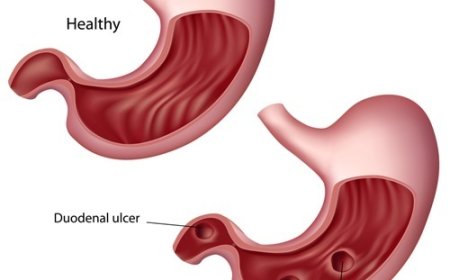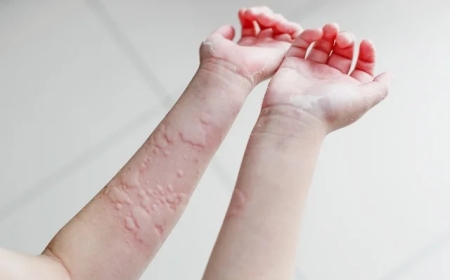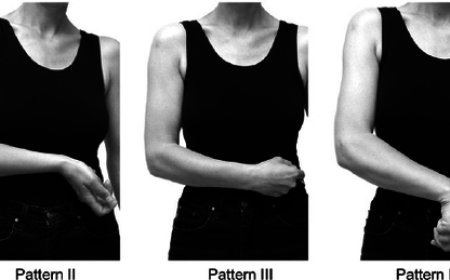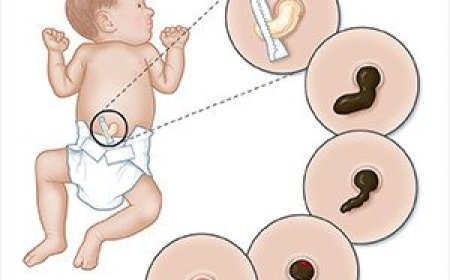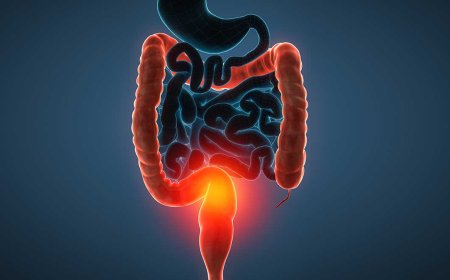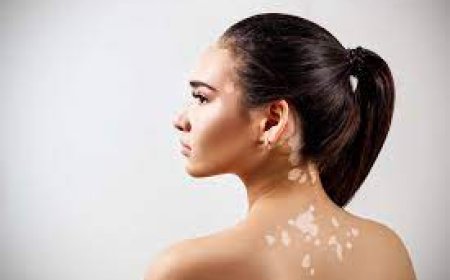Breast Lumps (Benign)
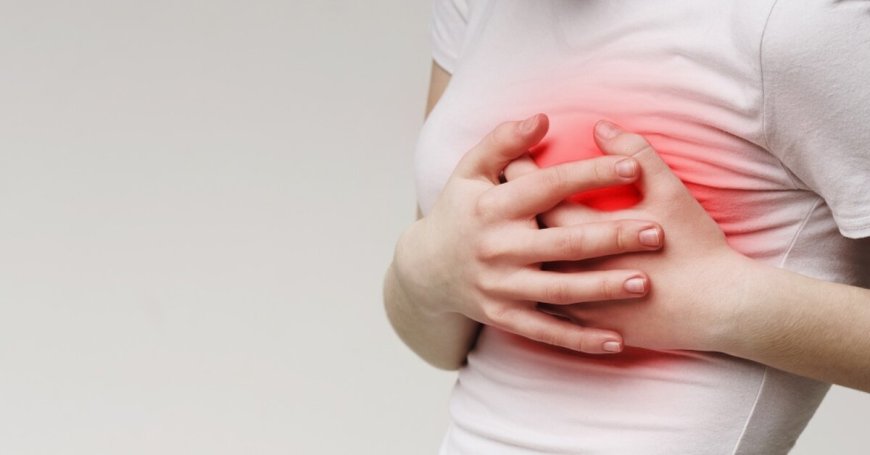
Introduction:
Breast lumps can be a cause for concern, but not all of them are harmful. In India, it's essential to know about these lumps and how to take care of our breasts to stay healthy. In this article, we will explore breast lumps (benign), their signs and symptoms, what they are, different types, causes, risk factors with examples, diagnostic tests, treatments, complications, and prevention techniques.
Signs and Symptoms:
Sometimes, breast lumps (benign) might not show any symptoms at all. But if there are symptoms, they can include:
- Feeling a lump in the breast or under the armpit.
- The lump is usually painless and feels smooth and round.
- Changes in the breast's size or shape.
- Swelling or tenderness in the breast.
- Nipple discharge (liquid coming out) without squeezing the nipple.
- Skin changes on the breast, like redness or dimpling.
What Are Breast Lumps (Benign)?
Breast lumps (benign) are growths or masses that can be found in the breast tissue. They are not cancerous, which means they are not harmful and won't spread to other parts of the body. They are like little lumps that can appear in one or both breasts. Remember, most breast lumps (benign) are harmless and don't need to worry you.
How Are Breast Lumps (Benign) Classified?
Breast lumps (benign) can be classified into different types based on how they look and feel. Some common types include:
-
Fibroadenomas: These are smooth, firm, and movable lumps made of glandular and fibrous tissue. They often appear in younger women.
-
Cysts: Cysts are fluid-filled sacs that can cause a soft, movable lump. They are more common in older women and may change in size with the menstrual cycle.
-
Lipomas: Lipomas are soft, rubbery lumps made of fat cells. They are usually painless and can move around when touched.
-
Papillomas: These are tiny growths inside the milk ducts that can cause nipple discharge.
-
Mastitis: Mastitis is a breast infection that can cause painful, red, and swollen lumps.
Causes and Triggers:
The exact causes of breast lumps (benign) are not always clear, but some factors can increase the risk of developing them. These include:
-
Hormonal changes: Hormones can sometimes cause breast tissue to grow, leading to the formation of lumps.
-
Infections: Infections can lead to inflammation and swelling in the breast tissue, causing lumps.
-
Injury: Sometimes, an injury to the breast can result in the formation of a lump.
Risk Factors with Examples:
Certain factors can increase the likelihood of developing breast lumps (benign). Let's look at some examples:
-
Age: Younger women are more likely to have fibroadenomas, while cysts are more common in older women.
-
Hormonal changes: Teenagers or women during their menstrual cycle may experience changes in breast tissue due to hormonal fluctuations.
-
Breastfeeding: Women who are breastfeeding may develop mastitis, especially if the milk ducts get blocked.
Types of Breast Lumps (Benign):
-
Fibroadenomas: These are round, smooth lumps that can move under the skin. They are most common in younger women.
-
Cysts: Cysts are like small water balloons filled with fluid. They can feel tender and change in size during the menstrual cycle.
-
Lipomas: Lipomas are soft and rubbery lumps made of fat cells. They are generally harmless and painless.
-
Papillomas: These are tiny growths in the milk ducts that can cause nipple discharge, which may be clear or bloody.
Diagnostic Tests and Treatments:
If someone finds a breast lump or has any symptoms, the doctor will do some tests to figure out what it is. Some common tests include:
-
Physical exam: The doctor will feel the lump and check for any other changes in the breast.
-
Ultrasound: This test uses sound waves to create pictures of the breast tissue and helps identify if the lump is filled with fluid (like a cyst) or solid.
-
Mammogram: A mammogram is like an x-ray of the breast and can show if there's anything unusual.
-
Biopsy: In a biopsy, a small piece of the lump is taken out and checked under a microscope to see what it is.
Treatments for breast lumps (benign) depend on the type and size of the lump. Sometimes, no treatment is needed, and the doctor will keep an eye on it to make sure it doesn't change or grow. Other times, the doctor may recommend removing the lump if it causes discomfort or if there's a concern about its appearance or size.
Complications of Breast Lumps (Benign):
Most breast lumps (benign) are harmless and don't cause any complications. However, in rare cases, they may grow or cause discomfort, and the doctor might suggest removing them.
Prevention Techniques:
We can take care of our breasts to reduce the risk of developing breast lumps (benign):
-
Perform regular breast self-exams to become familiar with how your breasts normally feel.
-
Maintain a healthy lifestyle with a balanced diet and regular exercise.
-
Limit alcohol intake and avoid smoking.
-
Attend regular check-ups with a doctor for breast screenings.
if you find a breast lump or experience any symptoms, don't be afraid to talk to your parents or a doctor. It's always best to get checked out to make sure everything is okay!
What's Your Reaction?
 Like
0
Like
0
 Dislike
0
Dislike
0
 Love
0
Love
0
 Funny
0
Funny
0
 Angry
0
Angry
0
 Sad
0
Sad
0
 Wow
0
Wow
0


























































